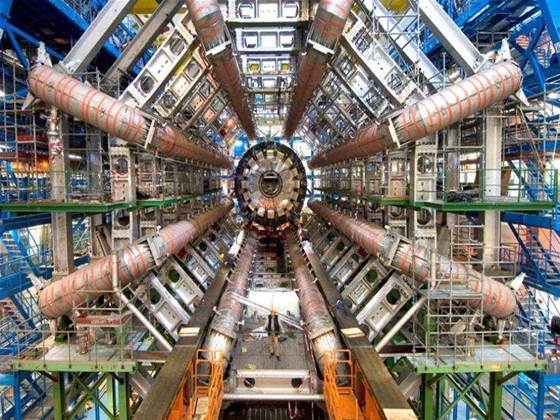Cern has decided to operate the Large Hadron Collider (LHC) at a lower energy when it restarts in November.

The decision comes after almost a year of tests and repairs following the discovery of a fault last September.
The LHC is a particle accelerator that collides opposing particle beams for physics experiments. It is best known for its potential to verify the existence of the Higgs Boson, which is said to be responsible for mass.
Eventually, the collider will operate at an energy of 7 Terra electron Volts (TeV) per particle beam.
But Cern plans to operate the machine at a more modest 3.5 TeV when it restarts this year.
That will increase to last year's target energy at 5 TeV when operators gain sufficient
confidence and experience, spokesman James Gillies said.
The lower 3.5 TeV was chosen as a compromise between safe operation and speed.
"We don't actually lose the ability to do anything; it just takes us longer to get results," he told iTnews.
Besides repairing the machine, Cern has worked to improve it by testing the resistance of some 10,000 copper stabilisers to the millionth of an ohm, inserting 160 kilometres of extra cables, and installing 2000 new server racks to help monitor and control it.
Repair costs are estimated at $40 million Swiss Francs ($44.9m), bringing the total cost of the LHC to $10 billion Swiss Francs ($11.2b).
"We've learned a lot," Gillies said. "The machine is a lot better than it was last year."
"If we have another [malfunction], we'll see it coming and be much better prepared."
Experimentation with lead ions is expected to commence in 2010.
Gillies said the LHC would then close to complete work enabling its operation at 7 TeV.




.png&h=140&w=231&c=1&s=0)





 iTnews Executive Retreat - Security Leaders Edition
iTnews Executive Retreat - Security Leaders Edition











_(1).jpg&h=140&w=231&c=1&s=0)



